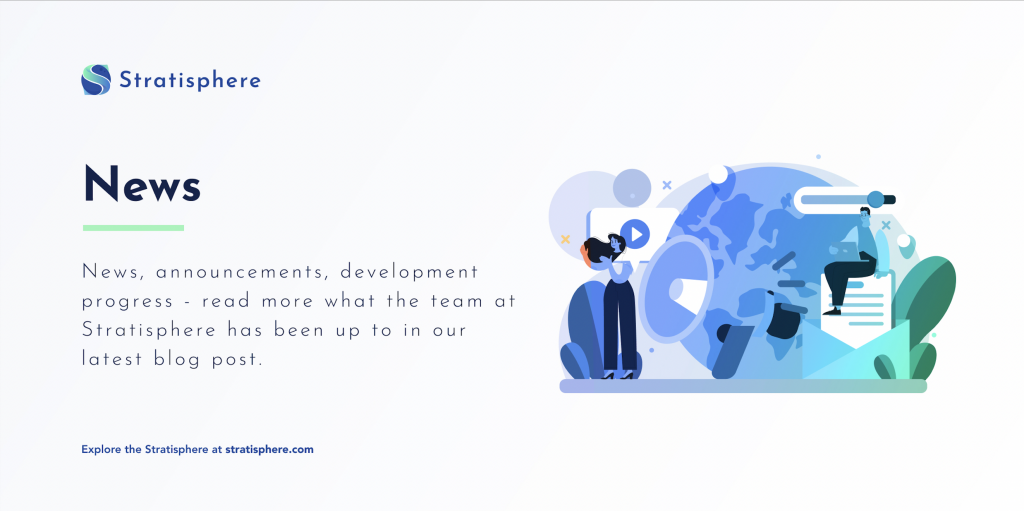What image comes to mind when you think of Starbucks? For many it is probably the deep green of the logo or the smell of a strong cup of coffee, for some it may even be the sweet seasonal flavour of pumpkin spice. However, for the web3 community, Starbucks has become representative of a company that engages with their audience on web3 well, and is reaping the rewards.
Avid readers will know that we have spoken about Starbucks’ Odyssey line of loyalty card NFTs in a previous blog. As a recap, the program will allow Starbucks customers to purchase or acquire stamps in the form of NFTs, which grant exclusive benefits and experiences based on the NFTs rarity. The work expanded on Starbucks’ existing loyalty program- which was already relatively successful.
More recently though, Starbucks launched their Siren Collection of NFTs. Members were allowed to purchase two stamps, with all stamps priced at $100. When it launched on Thursday the website experienced errors having been overwhelmed by traffic- within 18 minutes they were sold out. Soon after they were being resold for well over $1000 dollars.
Usually when NFTs sell out quickly or for high prices onlookers just shrug, maybe they’ll spare a few seconds to write a tweet or mutter some exclamation to reflect surprise. However, if we want to understand NFTs and the markets, we should look more deeply as to why Starbucks has succeeded where other brands have failed.
The first part is Starbucks’ audience and strategy. Starbucks has long appealed to the youth and the tech savvy. Wifi has been available in Starbucks stores since 2002, and this combined with plug points and targeted locations has long made it a favourite satellite office for tech-savvy professionals- the very same type of people who are likely to splash big on NFTs. In this same vein, Starbucks launched its app for mobile orders in 2015- this was also a huge success. Looking at it from this perspective, NFTs are merely an extension of Starbucks’ strategy of facilitating the tech preferences of their audience.
The second reason is that Starbucks didn’t just launch a picture which they attached to a blockchain- the loyalty program has drummed up such excitement because it is a futuristic add-on to an established part of the Starbucks brand with real world rewards. Starbucks is using web3 to innovate, not just to hop on new trends and make some quick cash.
Established brands should take the Starbucks approach to NFTs. They should make sure NFTs align with their core audience and strategy, while also making sure the NFTs serve a purpose and have use. Thanks for reading this week’s Stratisphere blog- until next week.
